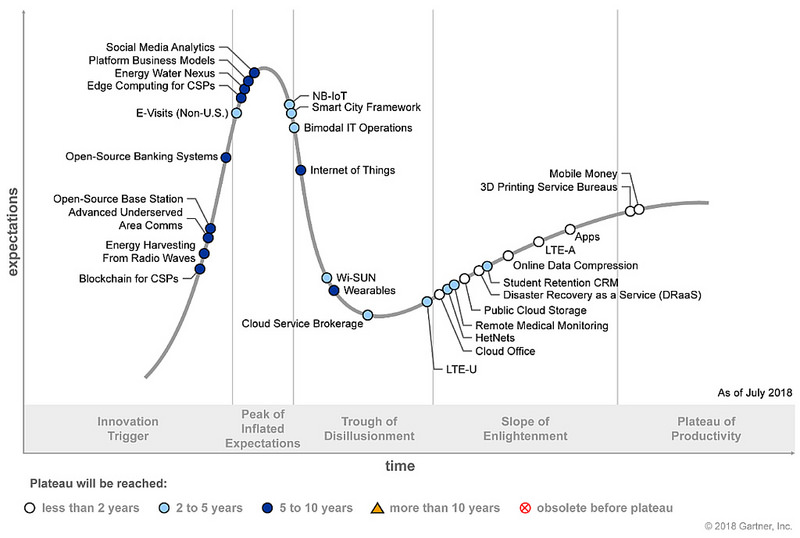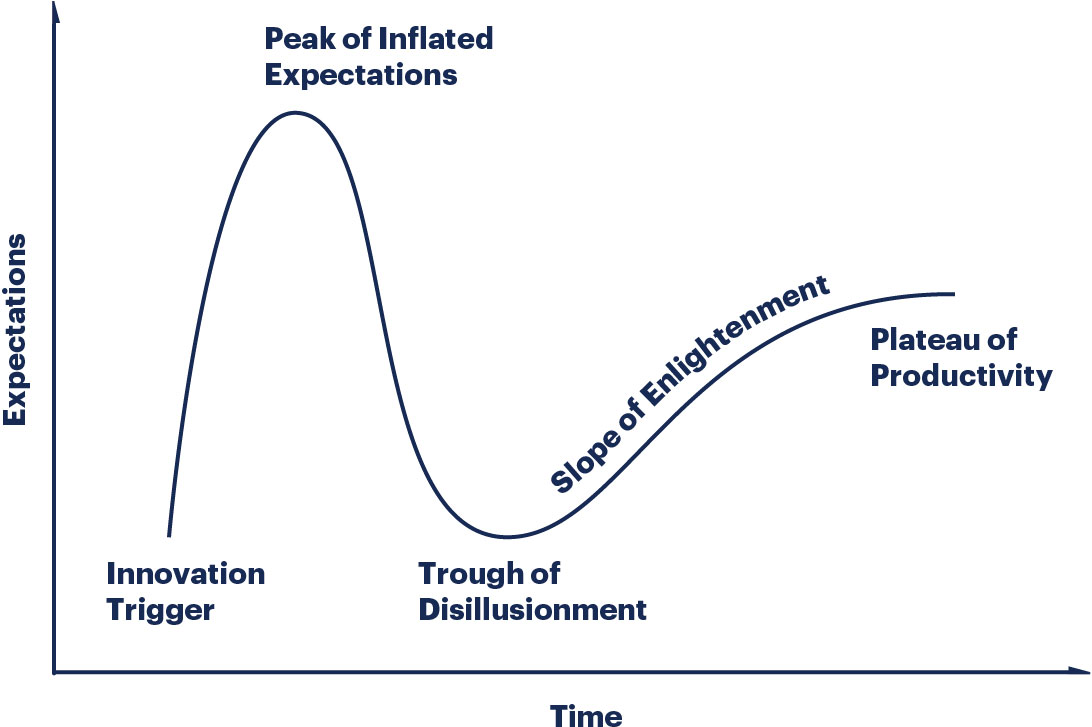According to the latest report from Gartner Inc., a Stamford-headquartered market researcher, 3D printing has reached a critical stage in Africa.

Enter the cycle
According to Gartner’s report, the two technologies that have made it to the final step of the Hype Cycle are mobile money (technology that allows accesses to online banking via cell phones) and 3D printing service bureaus.
“Africa is entering an important stage in growing maturity, with nine technologies entering the Slope of Enlightenment and climbing toward the Plateau of Productivity,” said William Hahn, principal research analyst at Gartner.
In terms of the use of 3D printing service bureaus, Hahn says “The technology has now moved to early mainstream in Africa, reaching 20 to 50 percent of its local target audience.”

While issues with using the Hype Cycle are well documented, including cases where the report has been late to add technologies or even failed to list them at all, the tool does provide a useful way to monitor mentions in the media of specific terms.
3D printing for localized production in Africa
The Gartner report describes 3D printing service bureaus’ ability to print out tools and finished goods as the reason for an advance to the Plateau of Productivity. According to Gartner this gives African consumers easy access to necessary parts that otherwise would be expensive and time-consuming to replace, and “allows them to test the technology and possibly justify an investment in in-house 3D printers.”
And in a continent where the production and transportation of goods can be difficult, easy accessibility makes a significant difference.
Furthermore, 3D printing bureaus allow consumers to do away with the issue of high import duties and delays at border allowing African consumers with smaller budgets to still be able to afford the goods they need, when they need it.
According to last year’s Africa’s Agricultural Status Report, agriculture makes up almost 50% of Sub-Saharan Africa’s GDP. However much agricultural production remains a labor intensive process.
In the longer term additive manufacturing could provide support for mechanisation of agricultural in African countries by making replacement components locally.
Often rapid transportation of goods isn’t readily available due to poor infrastructure. This can lead to long wait times for necessarily goods or replacement parts for machinery.
Wider use of 3D printing in Africa
Elsewhere on the continent, 3D printing projects are beginning to take off, such as Kisubi’s CoRSU Rehabilitation Hospital which has Ugandan doctors printing out affordable prosthetics, or organizations like ReFab Dar which aims to recycle waste in order to print out vital medical supplies. And last year, aviation companies Boeing and Airbus both began discussions with South African 3D printing company Aeroswift about the possibility of mass producing parts for airplanes.

Don’t want to miss out on 3D printing news? Then sign up to our 3D industry newsletter to stay up to date on what’s happening in the industry. You can also follow us on Twitter and like us on Facebook. Sign up and post on 3D Printing Jobs for new career opportunities.
Featured image is Gartner’s Hype Cycle for ICT in Africa, 2018

